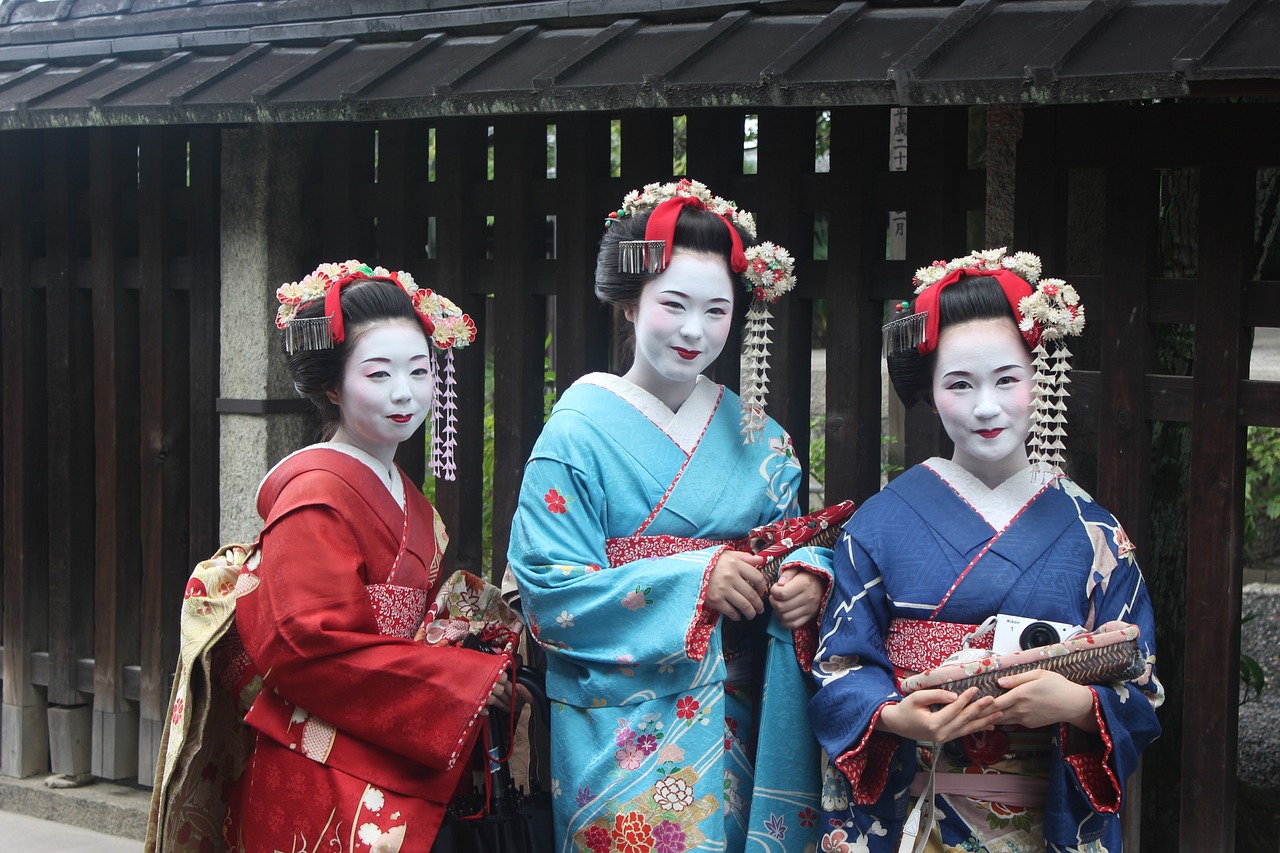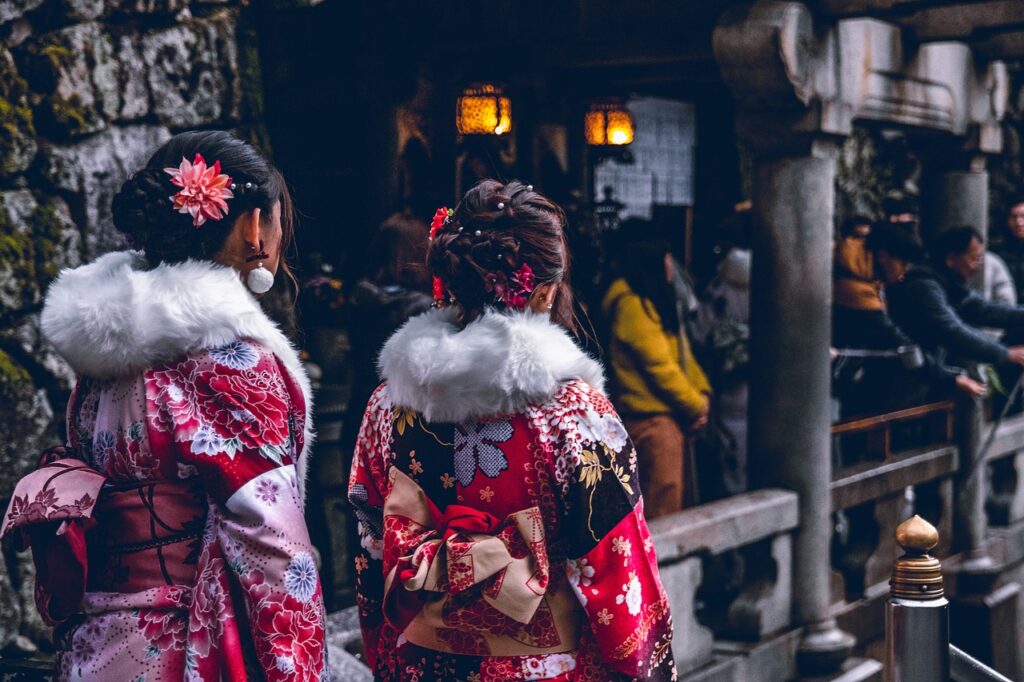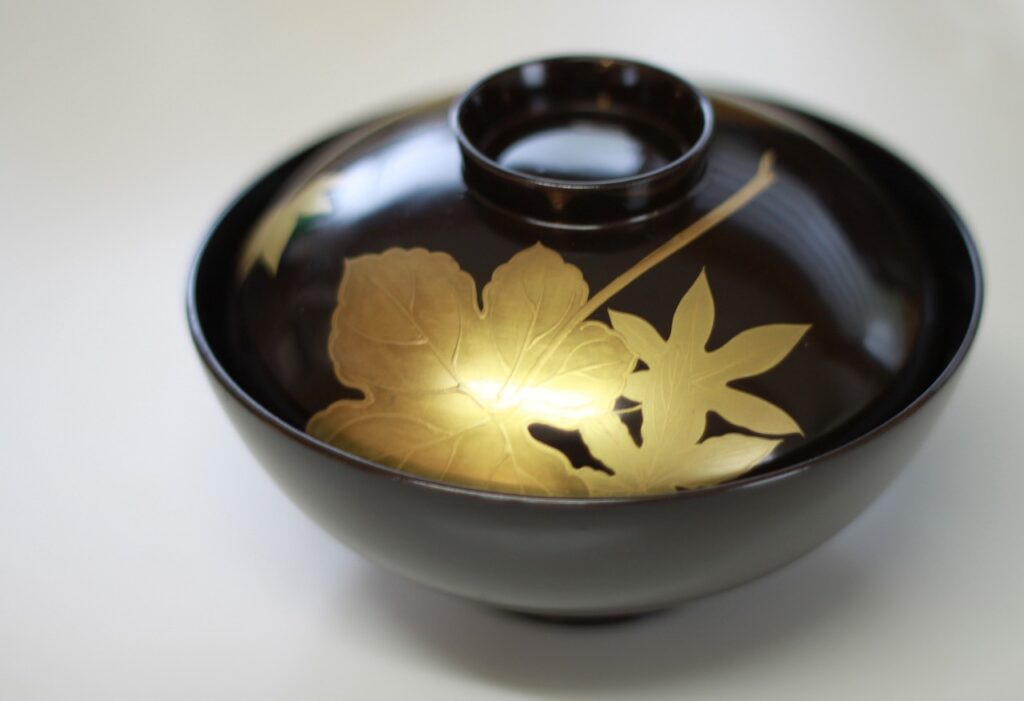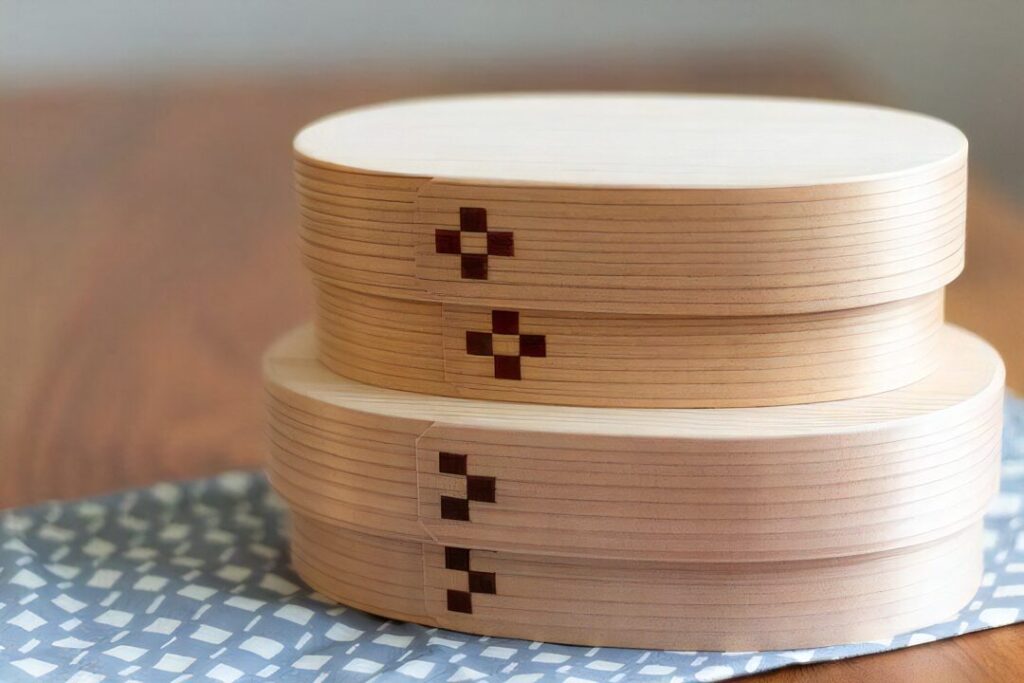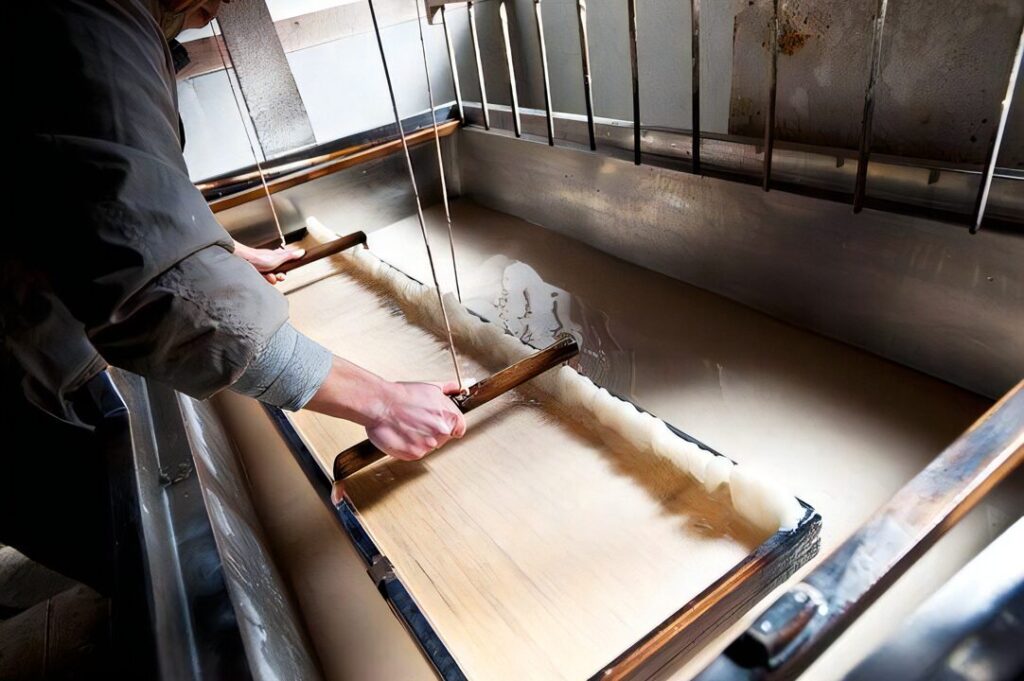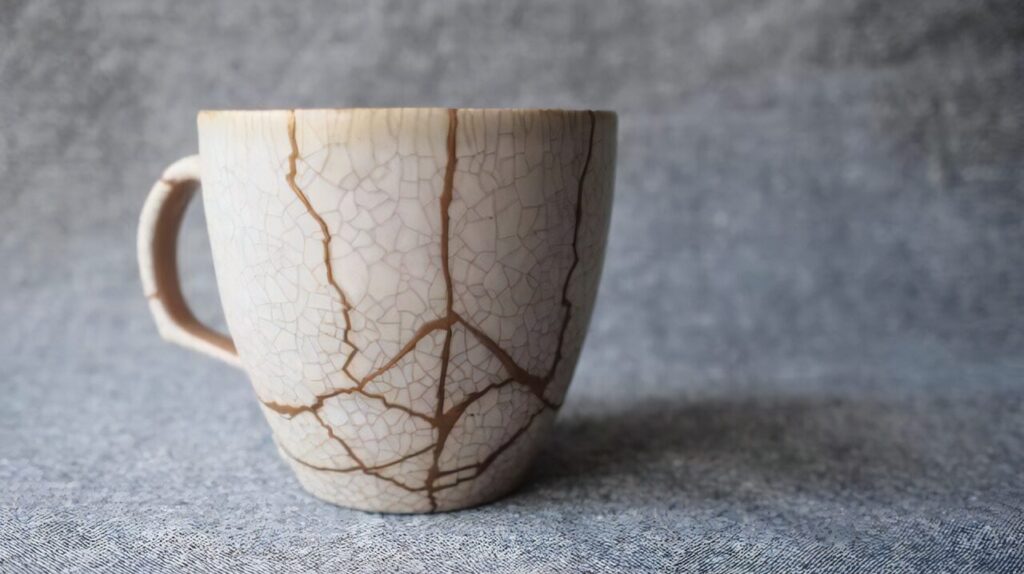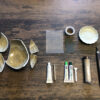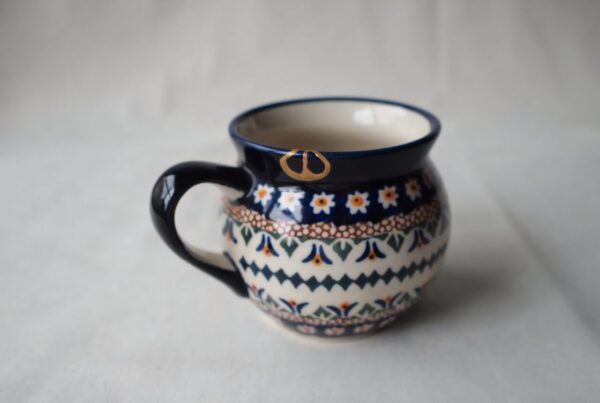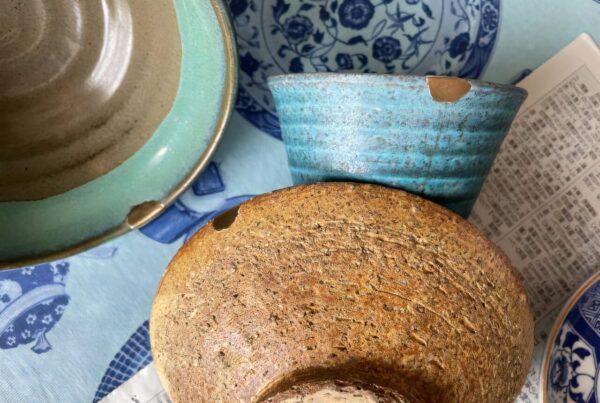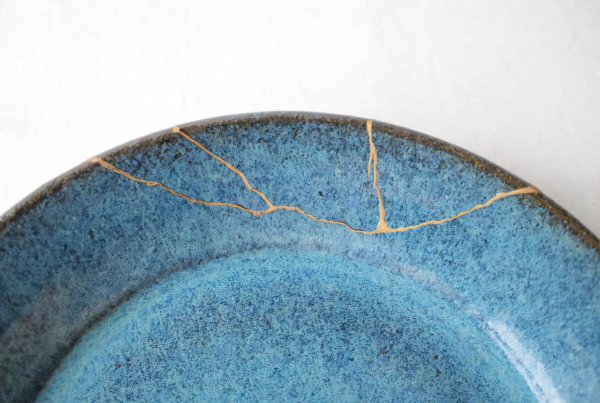In the realm of cultural heritage, Japanese traditional crafts stand as a testament to the nation’s rich history, artistry, and philosophy. From the intricate patterns of textiles to the refined elegance of ceramics, each craft embodies the meticulous attention to detail and deep reverence for nature that is characteristic of Japanese culture.
These crafts are not just artifacts; they are bearers of stories, symbols of tradition, and expressions of a philosophical ethos that values simplicity, beauty, and the impermanent nature of life.
This article delves into the diverse world of Japanese traditional crafts, exploring their historical origins, unique techniques, and the underlying philosophies that guide them. As we journey through the domains of textiles, pottery, lacquerware, metalwork, wood and bamboo, paper crafts, and the art of kintsugi, we uncover the essence of Japanese aesthetics and the enduring spirit that these crafts convey.
Exploring Major Japanese Traditional Crafts
-The Woven Wonders: Textiles
Japanese textiles are a vivid expression of the country’s aesthetic diversity and technological innovation. The kimono, a traditional garment, stands out for its elegance and symbolic patterns, which convey the wearer’s status and the season. Techniques like ikat weaving and resist dyeing are pivotal, creating intricate designs unique to Japanese fabric art.
Regional specialties offer a glimpse into Japan’s rich cultural tapestry, with each area boasting its own unique textile traditions, such as the fine silks of Kyoto and the indigo-dyed fabrics of Tokushima.
-The Earth’s Art: Pottery and Ceramics
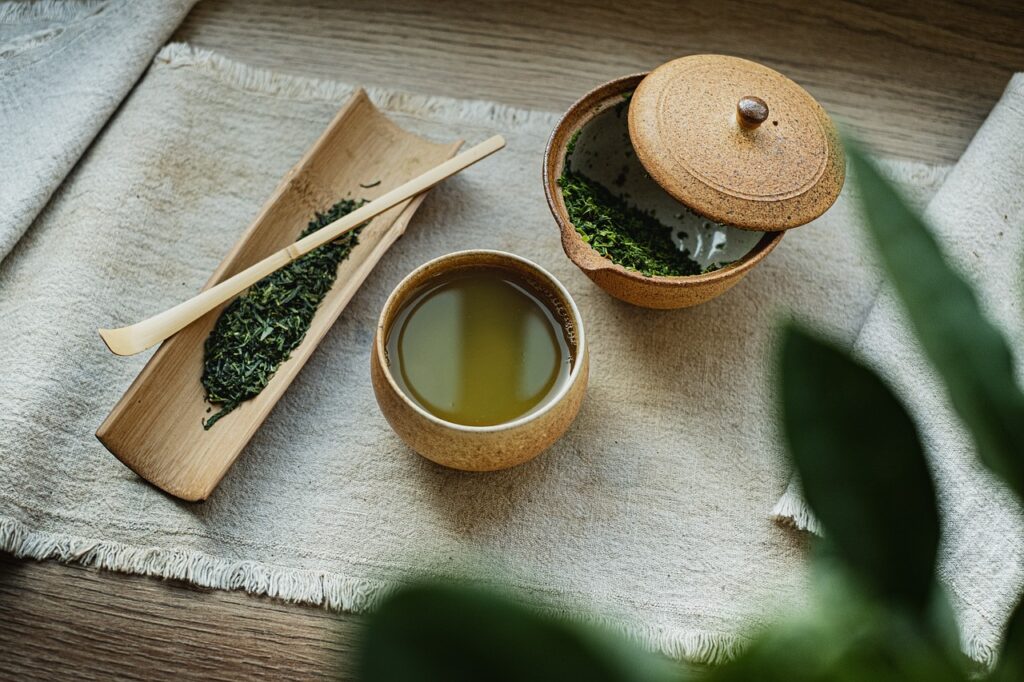
Pottery and ceramics hold a special place in Japanese culture, with styles that vary dramatically from region to region. Renowned for its historical depth, from the ancient Jomon pottery to the delicate porcelain of Arita, Japanese ceramics embody a blend of aesthetic beauty and functionality. The art form is deeply tied to the tea ceremony, a cultural practice that emphasizes the wabi-sabi aesthetic, appreciating beauty in imperfection and transience.
The diversity of Japanese ceramics, from the earthy tones of Bizen ware to the sophisticated glazes of Kutani, showcases the adaptability and creativity of its artisans.
-The Lustrous Art: Lacquerware
Japanese lacquerware, or urushi, is celebrated for its deep, lustrous sheen and the painstaking craftsmanship it requires. The process involves multiple layers of lacquer, each meticulously polished, to create items ranging from bowls to furniture that are both beautiful and durable.
The technique of maki-e, where gold or silver powder is sprinkled onto the lacquer to create intricate designs, exemplifies the art’s decorative potential. Lacquerware plays a significant role in Japanese life, from everyday objects to ceremonial pieces, embodying a tradition that marries function with exquisite artistry.
-Forged in Fire: Metalwork
Metalwork in Japan is a field marked by both its historical significance and the high degree of skill it demands. The creation of the katana, the iconic samurai sword, exemplifies this, requiring a mastery of smelting, forging, and sculpting metal.
Japanese metalwork also includes the crafting of ornamental objects, such as intricate tsuba (sword guards) and elegant tea ceremony utensils. These pieces are not just functional; they are works of art, showcasing the metalworker’s ability to manipulate materials into forms of enduring beauty.
-Crafts of Nature: Wood and Bamboo
The Japanese crafts of wood and bamboo are testaments to the country’s deep respect for nature, utilizing these materials for their beauty, durability, and flexibility. Traditional architecture, such as temples and tea houses, highlights the precision and sophistication of Japanese carpentry, especially in joinery techniques that require no nails. Bamboo is valued for its strength and versatility, used in everything from baskets and furniture to artistic sculptures.
These crafts reflect the harmony between human creativity and the natural world, embodying the principles of sustainability long before it became a global concern.
-The Spirit of Paper: Paper Crafts
Paper crafts in Japan, centered around the use of washi, are integral to the cultural and artistic landscape. The strength and versatility of washi make it ideal for a wide range of uses, from the delicate art of origami to the practical beauty of shoji screens. The process of making washi itself is an art form, involving the careful preparation of fibers and the skillful crafting of paper. These crafts are not merely decorative; they play a vital role in rituals, festivals, and daily life, symbolizing the transient beauty and enduring spirit of Japanese culture.
-The Beauty of Imperfection: Kintsugi
Kintsugi, the art of repairing broken ceramics with lacquer and gold, offers a profound lesson in aesthetics and philosophy. This technique does not merely fix an item but enhances its beauty, incorporating its flaws into its identity.
Kintsugi pieces are treasured for their unique beauty and the story they tell of breakage and repair, embodying the Japanese aesthetic of wabi-sabi, which values imperfection and impermanence. This art form encourages a deeper appreciation of objects, viewing them as participants in a journey through time, each repair adding to their history and beauty.
Essence of Japanese Traditional Crafts
The quintessence of Japanese traditional crafts lies in their harmonious blend of form, function, and philosophy. Each craft, steeped in centuries of history, represents not just a technical skill but a deeper spiritual and aesthetic sensitivity towards nature and life. The dedication to perfection, respect for natural materials, and the infusion of beauty into everyday objects are hallmarks of these crafts.
Through meticulous techniques passed down generations, artisans create works that embody simplicity, elegance, and a deep connection to the natural world.
These crafts are not merely artifacts; they are vibrant expressions of Japan’s cultural identity and ethos, offering insights into the values and traditions that have shaped Japanese society. As such, Japanese traditional crafts do more than adorn spaces; they invite contemplation, evoke emotions, and connect us to the rich tapestry of human experience.
FAQs on Japanese Traditional Crafts
-Can I learn Japanese traditional crafts?
Absolutely, various workshops and classes are available for both locals and tourists, welcoming anyone with the interest and dedication to learn.
-Are these crafts expensive?
The cost varies widely based on the craft, materials, and the artisan’s expertise. Items crafted by master artisans can command high prices, reflecting the time and skill invested.
-How can I support these traditional crafts?
Purchasing artisanal works, attending craft exhibitions, and participating in workshops are great ways to support these traditions. Spreading appreciation through social media and your community also helps raise awareness and interest.
Conclusion
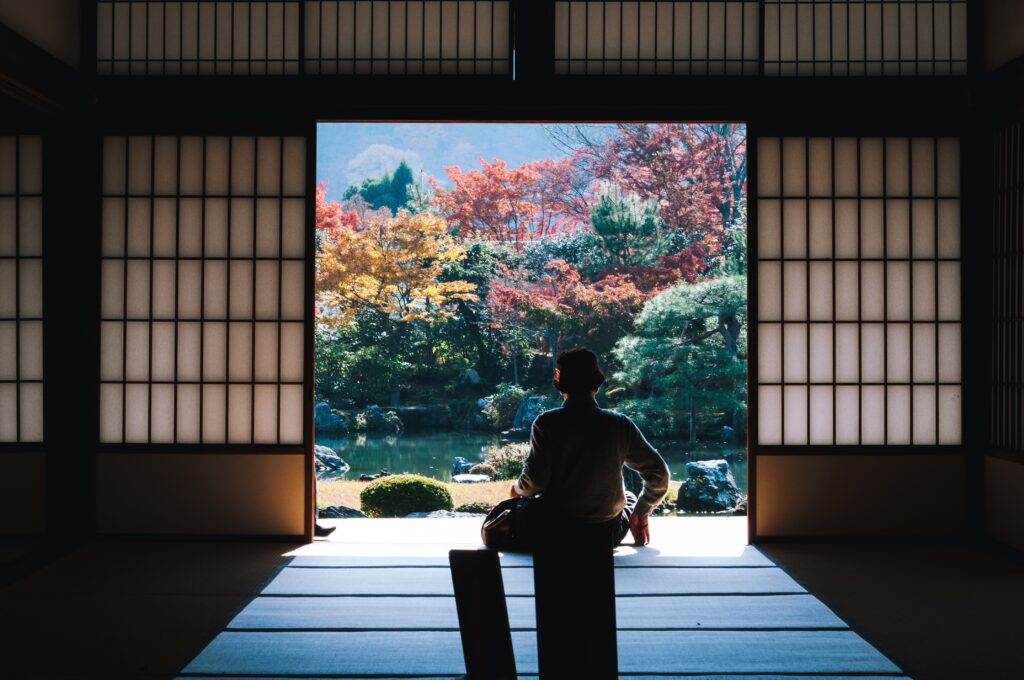 In summary, Japanese traditional arts and crafts represent a seamless fusion of historical reverence, aesthetic beauty, and deep philosophical undertones that resonate with both the soul of Japan and the global audience. These crafts, ranging from textiles to pottery, lacquerware to metalwork, and beyond, not only reflect Japan’s rich cultural heritage but also its ongoing dialogue with nature and the pursuit of perfection.
In summary, Japanese traditional arts and crafts represent a seamless fusion of historical reverence, aesthetic beauty, and deep philosophical undertones that resonate with both the soul of Japan and the global audience. These crafts, ranging from textiles to pottery, lacquerware to metalwork, and beyond, not only reflect Japan’s rich cultural heritage but also its ongoing dialogue with nature and the pursuit of perfection.
Each piece, be it a delicately repaired kintsugi bowl or a gracefully woven kimono, tells a story of innovation and a profound respect for materials and craftsmanship. As living embodiments of Japan’s enduring traditions and aesthetic principles, these crafts offer more than just utility or beauty—they serve as bridges connecting the past, present, and future, inviting both creators and admirers to engage with the deeper meanings and values that shape our lives.
By cherishing these crafts, we contribute to the preservation and appreciation of a unique and invaluable aspect of human creativity and cultural expression.

